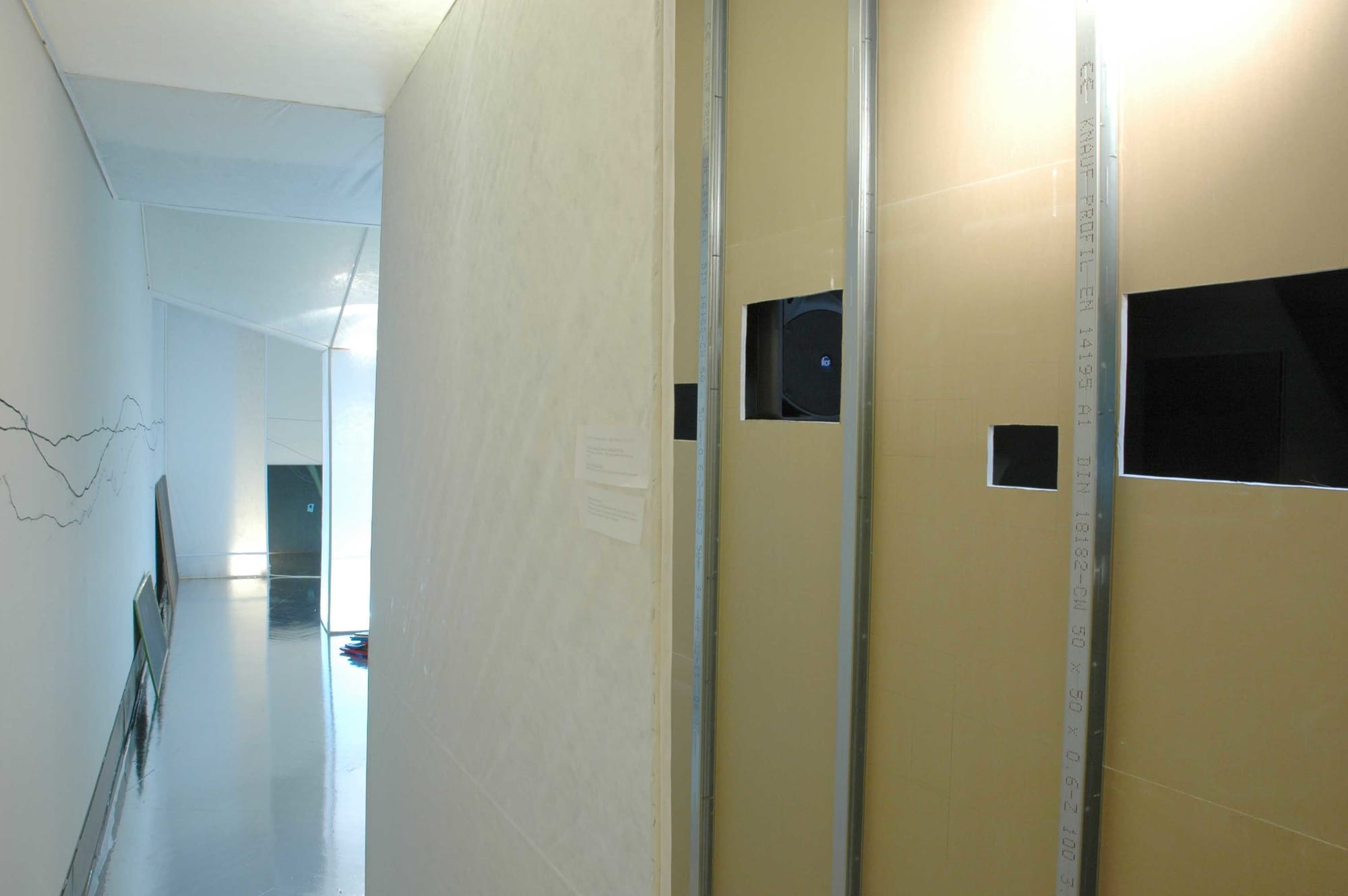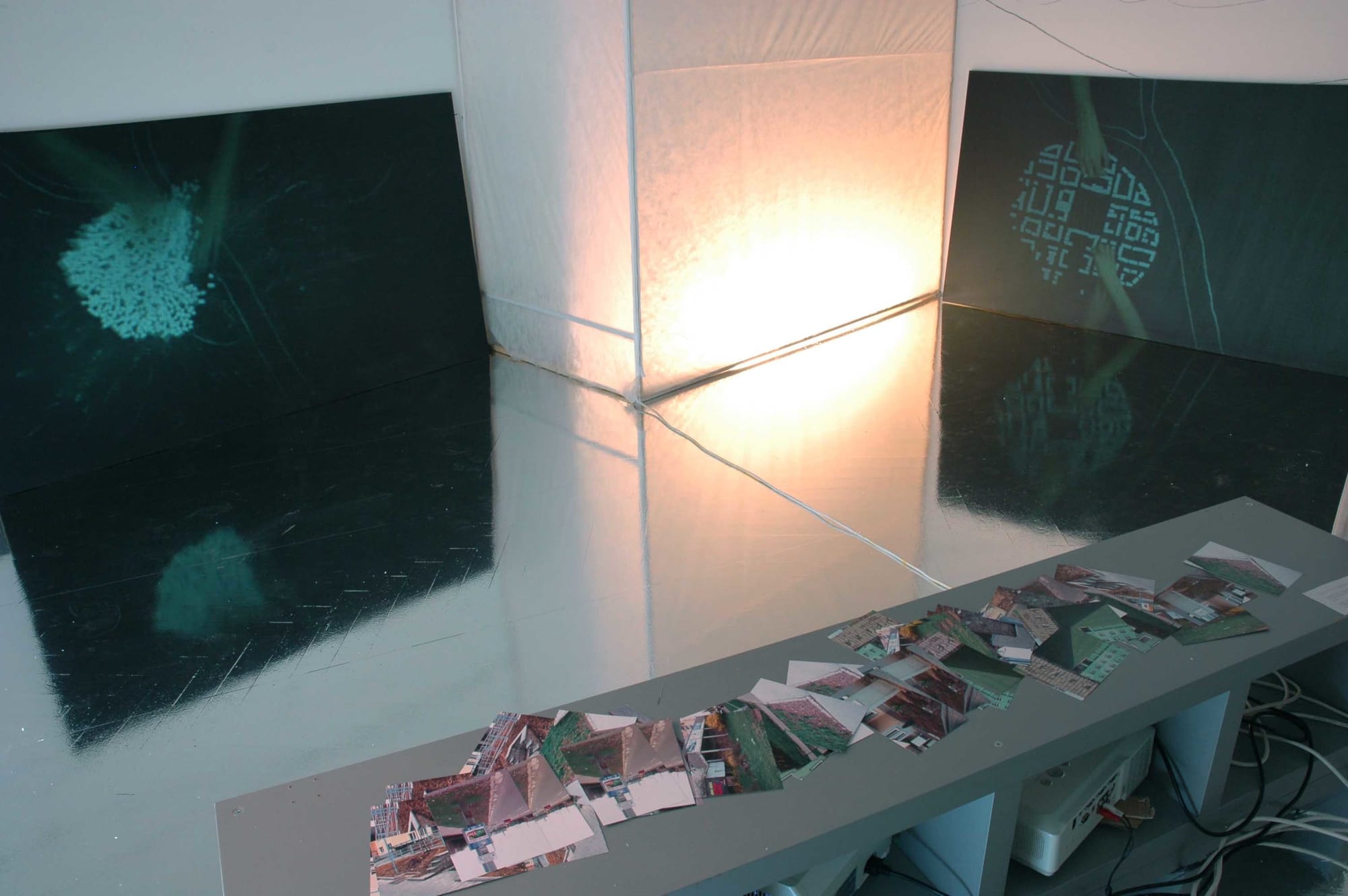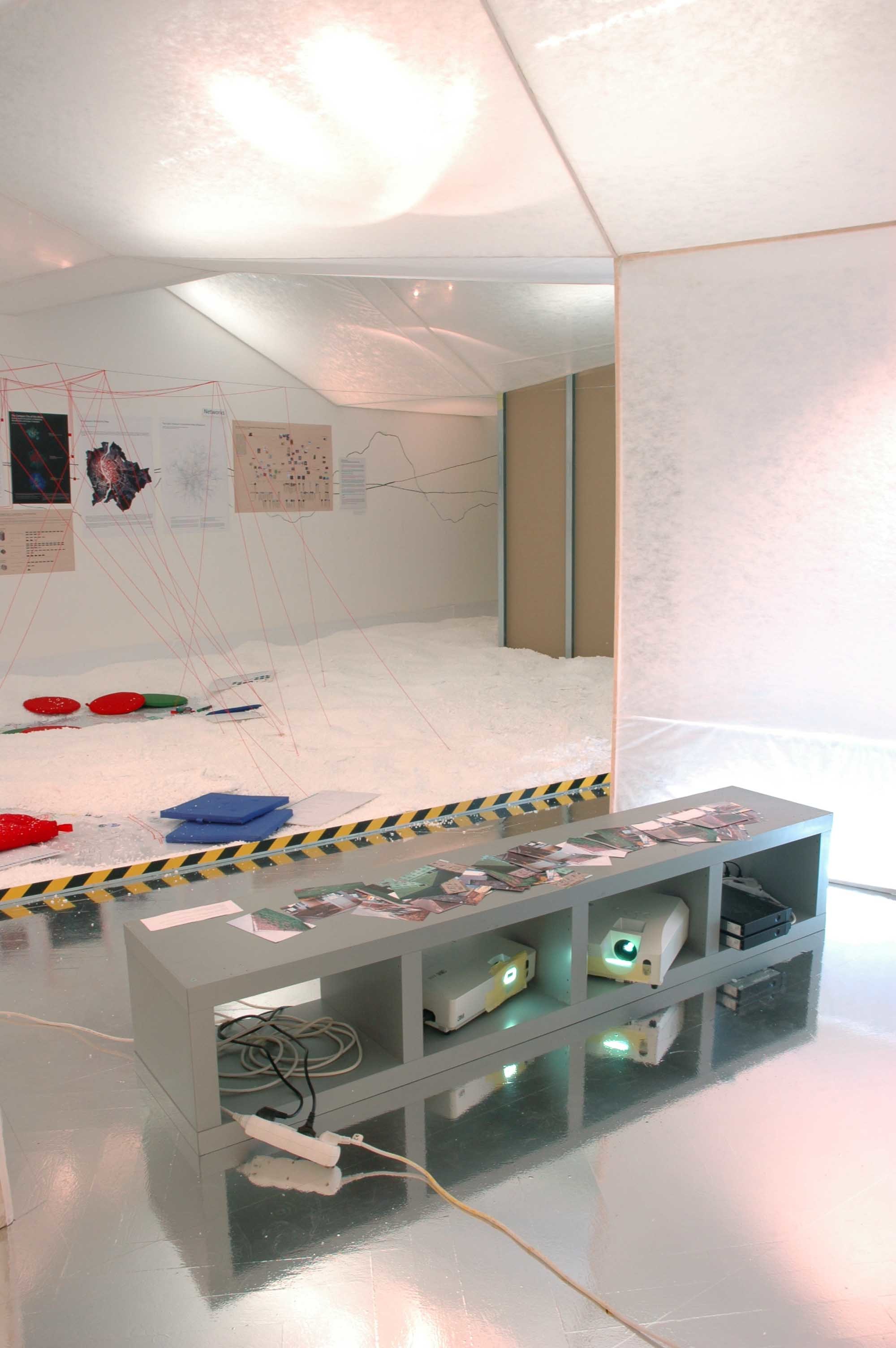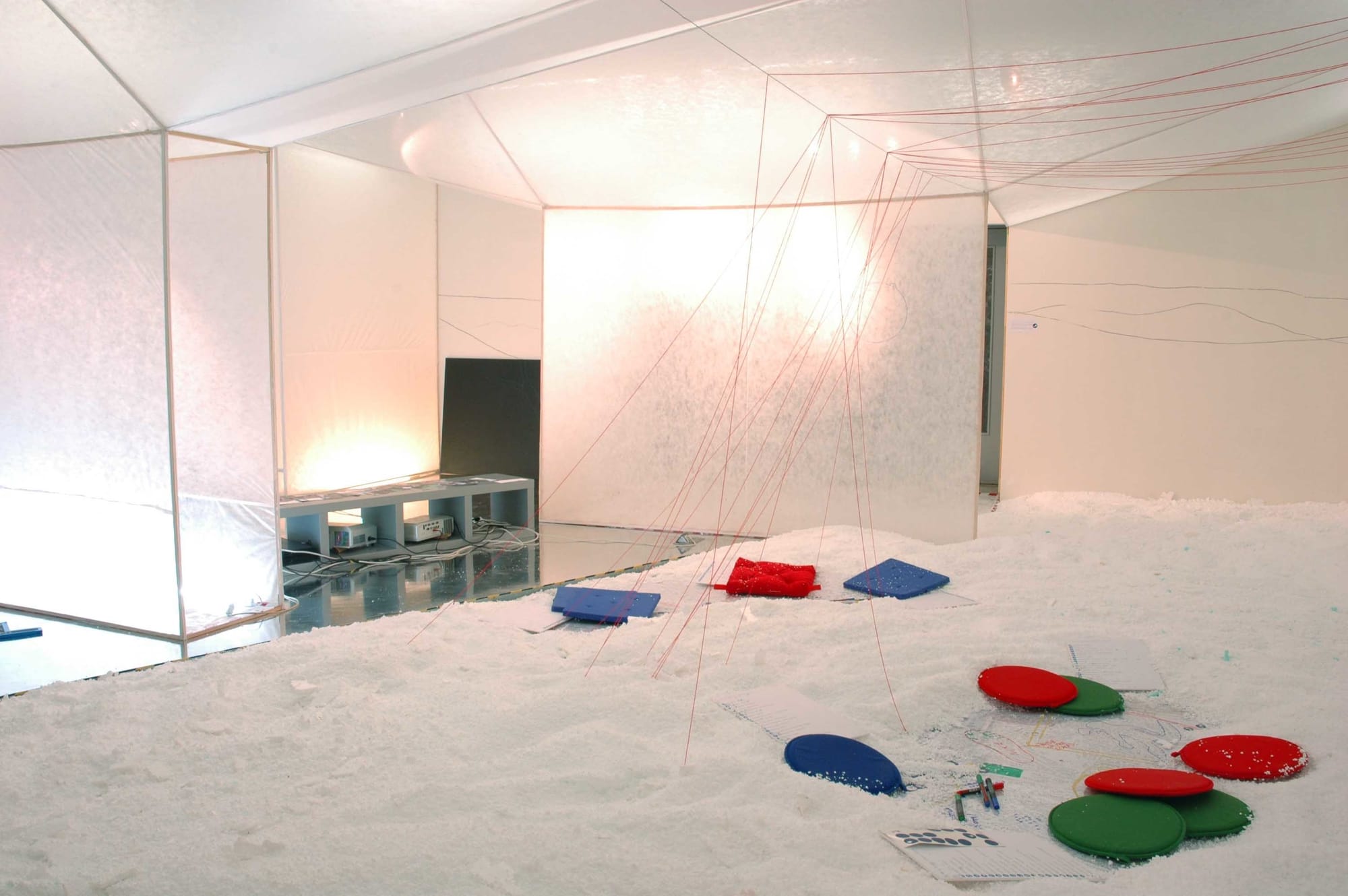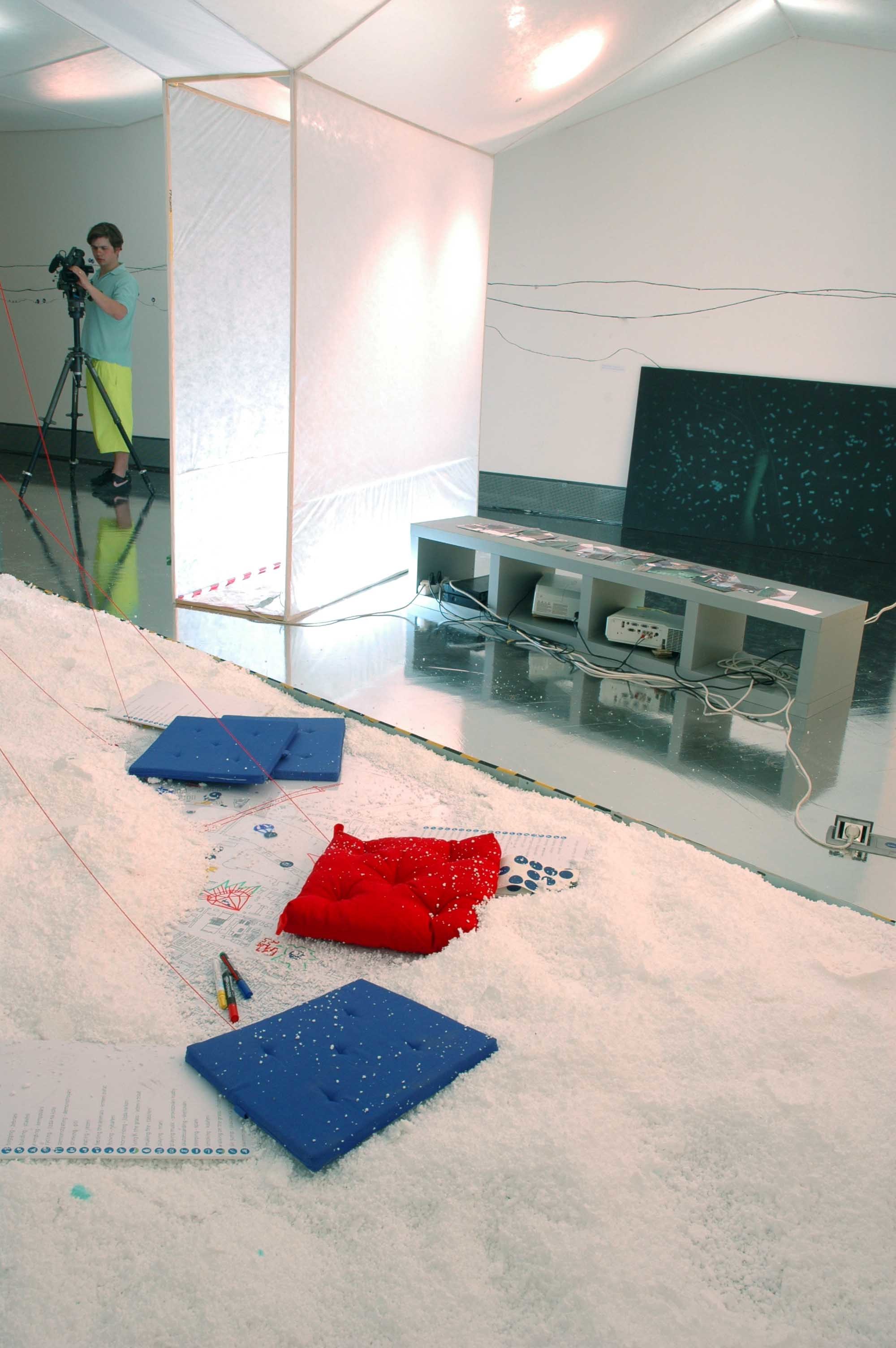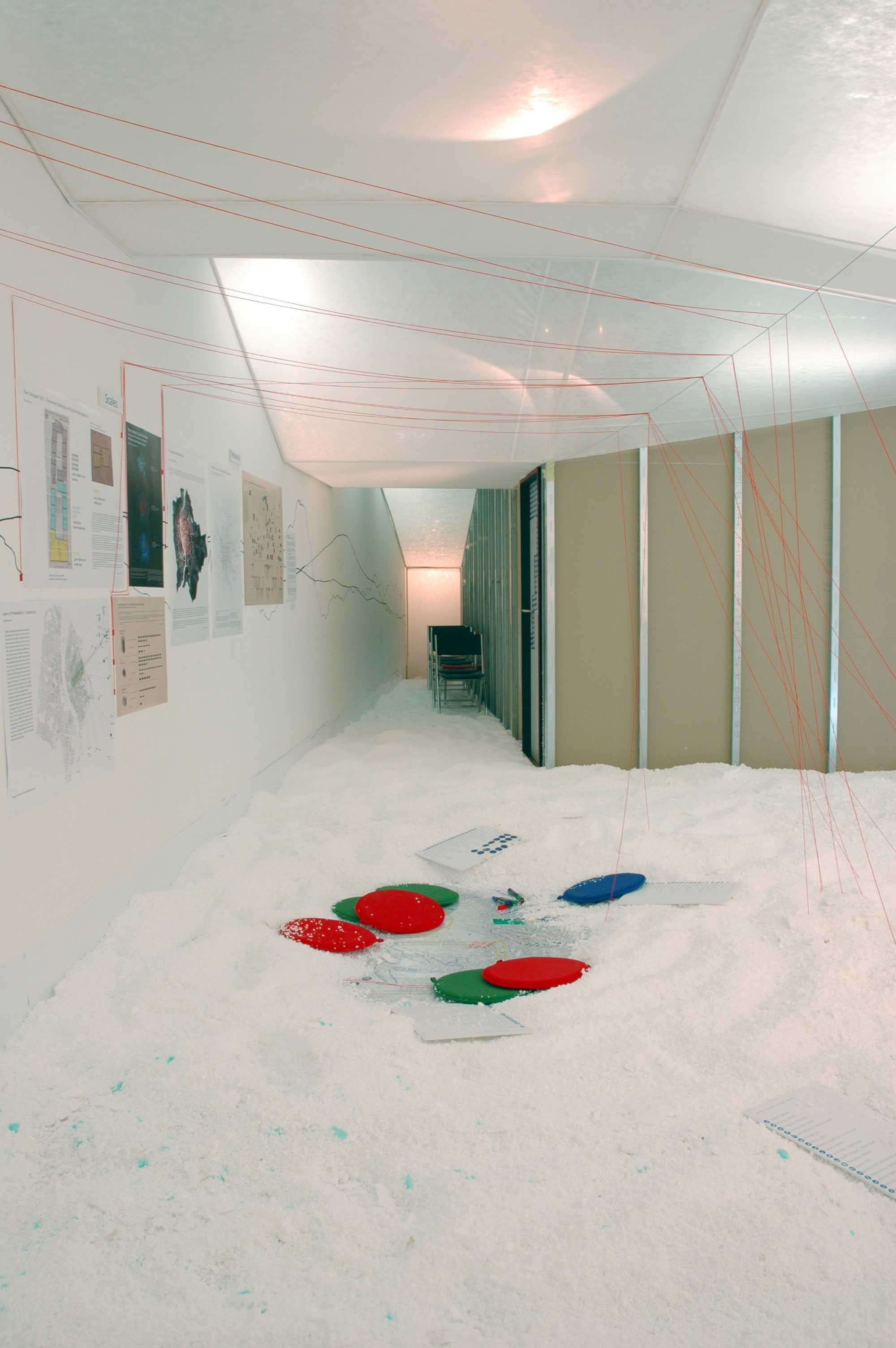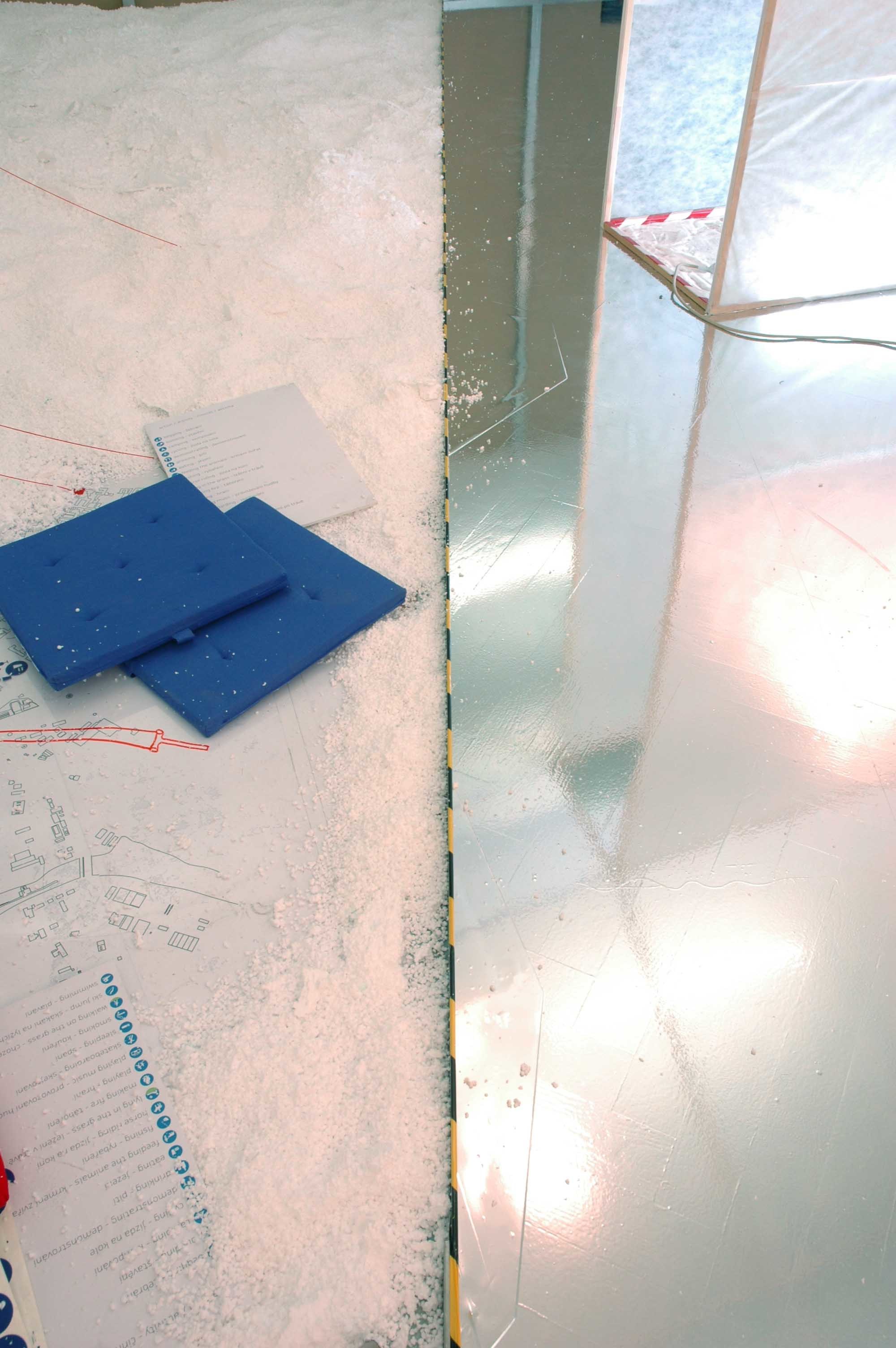COMPACT-CITY
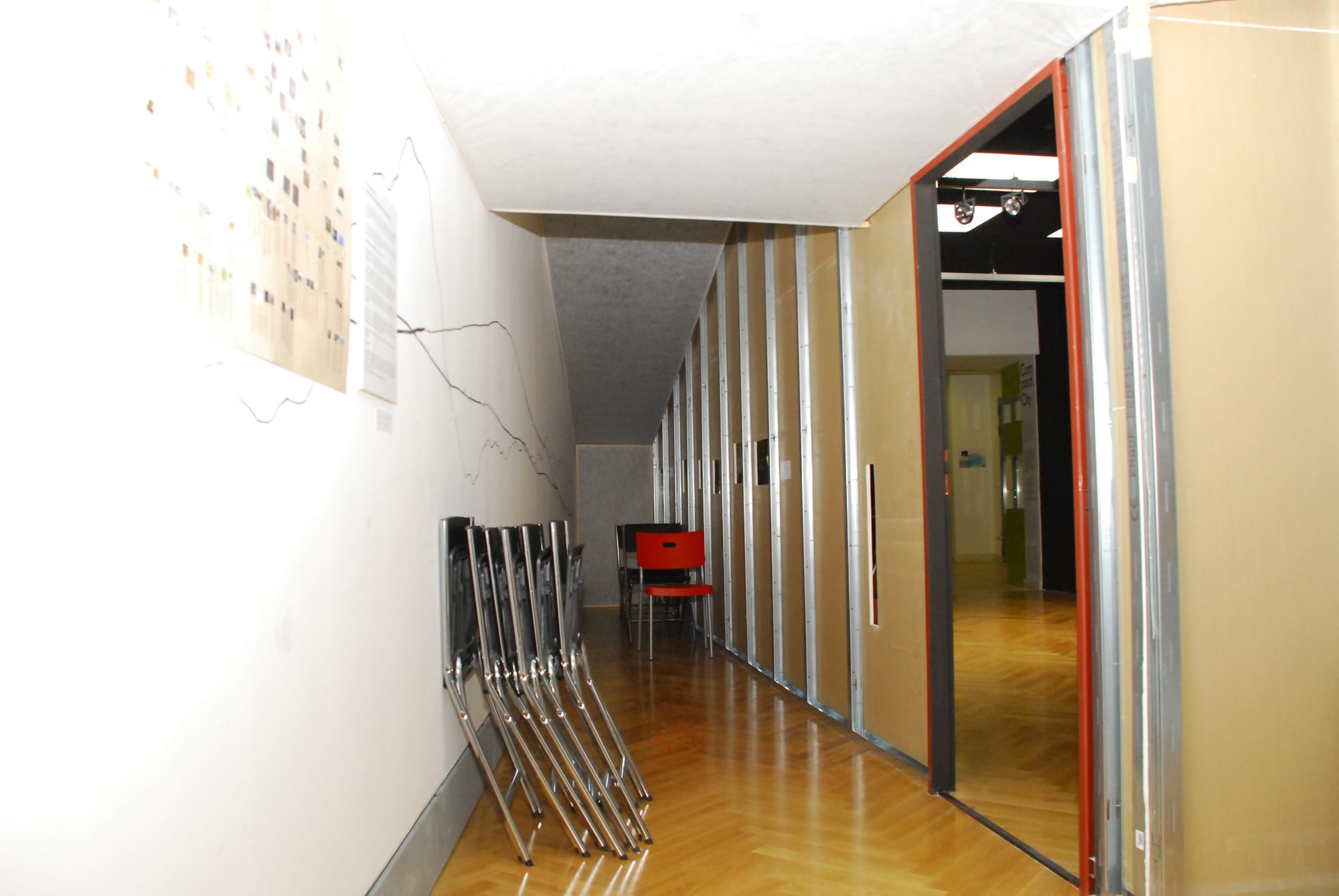 COMPACT CITY
COMPACT CITY
Jak powstało miasto? Skąd się wzięło? Dlaczego ludzie od pradawnych czasów zbierali się w coraz większe gromady? Wydaje się, że ludzie zaczęli się skupiać dlatego, że potrzebowali innych ludzi do realizacji swoich oczekiwań. Różnych. Jedne z nich mogły być zaspokojone w mniejszych skupiskach, inne wymagały większych – z czasem powstało miasto. Zaryzykujemy zatem twierdzenie, że miasto powstało jako efekt dążenia człowieka do realizacji jego oczekiwań, zarówno osobistych jak i społecznych. Człowiek chce w skupisku spotkać ludzi spełniających jego oczekiwania, ludzi dzięki którym będzie mógł zrealizować swoje interesy. Człowiek w mieście oczekuje spotkań. Spotkania te są przezeń oczekiwane. W tym kontekście można powiedzieć, że człowiek zbudował miasto jako przestrzeń spotkań oczekiwanych.
Jednak w miarę powiększania skupisk ludzkich znajduje się w nich coraz więcej ludzi, i już nie wszyscy spełniają wzajemnie swoje oczekiwania. Mało tego, pojawiają się tacy, którzy nie tylko nie spełniają naszych oczekiwań, lecz również mają oczekiwania całkowicie sprzeczne z naszymi i uniemożliwiają nam realizację naszych. W taki sposób dochodzi do spotkań nie-oczekiwanych. Nie: zaskakujących, lecz po prostu przez nas nie chcianych. To nasze oczekiwania, bowiem, decydują za nas o tym co akceptujemy, a czego nie. W ten zawoalowany sposób odbierają nam wolność.
Wzajemne oczekiwania ludzi powielane są z pokolenia na pokolenie, i w tym procesie zerwaniu ulega kontakt z przyczynami, dla których jednych rzeczy oczekujemy a innych nie, czyli z tym co jest istotą oczekiwań. Przestajemy wiedzieć dlaczego powinniśmy oczekiwać czegoś od innych i sami spełniać określone oczekiwania, wiemy tylko że tak powinno być, a zgłębianie tej wiedzy służy jedynie poszerzaniu zestawu oczekiwań układających się z czasem w określone kody – jest to jeden z mechanizmów powstawania kultury (kulturę rozumiemy tu w opozycji do sztuki: sztuka tworzy – kultura karmi się tym co stworzyła sztuka, sztuka poszukuje – kultura otrzymuje lub przejmuje, dla sztuki zabójcze jest pojęcie bezpieczeństwa – kultura powstała z potrzeby jego poczucia). Z czasem samej kultury również zaczynamy oczekiwać i zaczyna działać swoiste perpetuum mobile. Kultura żywi się budowaniem coraz to nowych "naszych” oczekiwań, my natomiast oczekujemy istnienia czegoś takiego jak kultura, czegoś co będzie dla nas wielopłaszczyznowym kodem porozumiewania się, ale też gwarancją że nie wydarzy się nic nie-oczekiwanego. Człowiek niespełniający oczekiwań naszej kultury podlega procesowi wykluczania czy to jako przedstawiciel innej kultury, czy po prostu jako jednostka a-kulturowa, niespełniająca oczekiwań nakładanych nań przez naszą kulturę. Człowiek taki wymyka się znanym nam kodom kulturowym, nie obejmują go one i staje się dla nas niezrozumiały.
Spotkania nie-oczekiwane, czy jednostki a-kulturowe istniejąc poza przyjętymi kodami kulturowymi burzą poczucie bezpieczeństwa i powodują chęć zabezpieczenia się. Jest to chyba jeden z podstawowych powodów powstawania podziałów na różnego rodzaju grupy społeczne, klasy, kasty, powodów powstawania klubów, których członkowie musieli spełniać określone oczekiwania, itp. Wszystkie te działania polegają na stawianiu barier przed tymi, których nie-oczekujemy. Barier zabezpieczających nas przed spotkaniami nie-oczekiwanymi. Można chyba powiedzieć, że kultura w ogóle jest rodzajem budowania barier przed tym co nie-oczekiwane. Budowa barier sama w sobie jest już działaniem przestrzennym. Tu dochodzimy do roli przestrzeni w kulturze, i możemy zacząć odwracać sytuację żeby dojść do istoty naszych relacji z przestrzenią.
Ocena roli przestrzeni w kulturze wymaga krótkiej analizy poglądu na temat przestrzeni organizującego i zarządzającego dyskursem na temat przestrzeni w tej kulturze. Poglądu dominującego w niej, bez którego, jak dalej zostanie wykazane, powstanie tej kultury, ani żadnej innej, w ogóle nie byłoby możliwe.
Otóż, jak wspomniano wyżej, każda założona bariera, każde rozróżnienie trwające w czasie jest działaniem przestrzennym w rozumieniu dominującego poglądu na temat przestrzeni. Działanie takie, bowiem, tworzy przestrzeń pomiędzy dwiema oddzielanymi od siebie rzeczami. Przestrzeń ta trwa w czasie aby mógł trwać podział. Podział ten z kolei musi trwać by trwać mógł pogląd powzięty na jego podstawie. Poglądy składają się w dyskurs, ten natomiast jest częścią składową kultury. W ten sposób wracamy do punktu wyjścia: kultura serwuje określony pogląd na temat przestrzeni, dzięki któremu mogą po kolei zaistnieć zjawiska niezbędne do istnienia kultury. To z kolei powoduje, że kultura i wszystkie jej produkty, poszukują stałości, trwałości, niezmienności. Oczekują i od nich się oczekuje, że będą trwać w czasie. Ów specyficzny pogląd na temat przestrzeni sprawia zatem, że przestrzeń, jako jeden z produktów kultury (wszak to ona określa jaka przestrzeń jest) zaczyna być postrzegana jako trwała w czasie. Przestrzeń staje się szczególną figurą trwania, zwłaszcza trwania w czasie. Dzieje się tak dlatego, że przestrzeń w dyskursach jest traktowana jako symbol trwania, a zarazem jako wzorzec innych przestrzeni – chociażby przestrzeni tych dyskursów. Wszak Istnieje wiele przestrzeni – przestrzeń architektury, przestrzeń jej teorii, przestrzeń tego eseju, przestrzeń dyskusji, przestrzeń uniwersytetu… Wszystkie one rządzone są, z reguły nieświadomie, przez ten wzorzec, który mimo iż jest jedynie pewnym poglądem na temat przestrzeni, tak silnie zakorzeniony został w efekcie działania opisanego wyżej mechanizmu kulturotwórczego, i tak mocno jest broniony przez, naturalną skądinąd dla człowieka, potrzebę posiadania poczucia oparcia (czyli np. kultury), że trudno sobie wyobrazić, że o przestrzeni można myśleć inaczej. Wystarczy dodać, że wszystkie wymienione wyżej i wszystkie inne przestrzenie składają się na przestrzeń kultury, i widać już jasno dlaczego to właśnie określonemu poglądowi na temat przestrzeni kultura zawdzięcza w ogóle swoje istnienie.
Zatem można powiedzieć, że kultura powstaje wtedy gdy przestrzeń postrzegana jest jako stała w czasie. Kultura sama bowiem (w przeciwieństwie do sztuki) też jest stała w czasie. Od kultury oczekuje się trwania w czasie - jak powiedziano wyżej spełnia ona ludzkie oczekiwanie stałości, pewnego oparcia. Kultura serwuje definicje, rozróżnienia, wiedzę. Również na temat przestrzeni sama dzięki tej wiedzy powstając. Wiedza na temat przestrzeni podawana przez kulturę sprawia, że możemy mieć wobec przestrzeni oczekiwania. Można chyba powiedzieć, że aby wobec czegoś można było mieć oczekiwania to coś musi odznaczać się pewną stałością. Zatem warunkiem przedstawienia oczekiwań wobec przestrzeni jest przekonanie o jej trwałości. Warunek ten z jednej strony pomaga nam spełnić właśnie kultura, z drugiej strony warunek ten jest przecież warunkiem istnienia kultury jako takiej. Nasze oczekiwania wobec przestrzeni powstają, ponieważ podstawowym czynnikiem sprawiającym, że tworzymy wokół siebie przestrzeń jest chęć zaznaczenia podziałów. A podziały te mają być stałe – inaczej nie będziemy bezpieczni. Tworzymy przestrzenie izolujące nas od nie-oczekiwanych spotkań, zarówno z ludźmi jak i z rzeczami, okolicznościami. Przestrzeń ma jedne rzeczy ułatwić, inne utrudnić. Przestrzeń ma nam pomóc spełnić nasze oczekiwania. Przestrzeń staje się w ten sposób jak gdyby obrazem kultury. Oczywiście gdy rozumiana jest jako pewien specyficzny, opisany wyżej na nią pogląd.
Pogląd ten jednak umożliwia postrzeganie przestrzeni jedynie jako już istniejącej. Nie ma w nim mowy o tym jak powstaje przestrzeń – wiadomo że już jest i jaka jest, a zatem również jaka być powinna. Pogląd ten nie pozwala cofnąć się do stanu sprzed przestrzeni, nie pozwala na obserwację momentu powstawania przestrzeni, on przedstawia przestrzeń jako już stworzoną, i mimo iż wciąż zdają się powstawać tzw. nowe przestrzenie, są one w wyniku działania narzuconego ścisłego gorsetu ograniczeń tego poglądu jedynie rozszerzeniem przestrzeni bezpiecznie mieszczącej się w kulturze, z której ów pogląd pochodzi. To znowu prowadzi do stawiania przestrzeni określonych oczekiwań i wracamy do punktu wyjścia.
A do czego prowadzi stawianie przestrzeni oczekiwań? Otóż oczekiwania mnożą się wraz z każdym pojawiającym się człowiekiem, wraz z nadejściem każdego kolejnego pokolenia. Prowadzi to do wyczerpywania możliwości spełniania tych oczekiwań przez przestrzeń. Należy zauważyć bowiem, że wszystkie te oczekiwania będą mieściły się w dość ciasnych ramach kultury, tak aby były możliwe do spełnienia w obrębie proponowanego przez tę kulturę poglądu na temat przestrzeni. Będą nakładały się i kolidowały ze sobą w obrębie ograniczonego pola kulturowego traktowania przestrzeni. A możliwości takiej przestrzeni, a raczej owego na nią poglądu, są ograniczone z definicji, gdyż on sam jest ograniczony. Stałość jest ograniczeniem. Przestrzeń stałą można wypełnić. Z kolei ta stałość potrzebna jest kulturze.
Przestrzeń nie jest w stanie spełnić mnożących się w wyniku działania naszej kultury oczekiwań inaczej niż poprzez oferowanie nam coraz to nowych obszarów. Obszary te, jak wspomniano, zagospodarowywane są jednak za każdym razem w takim samym duchu, w duchu obowiązującego w kulturze poglądu na temat przestrzeni, jako kolejne obszary przestrzeni stałej w czasie, czyli ograniczonej, mierzalnej. A takiej przestrzeni nigdy nie będzie dość, zawsze będzie się okazywało, że jej możliwości spełniania naszych oczekiwań wyczerpują się.
Mamy zatem dwa wyjścia: zrezygnować z naszych oczekiwań wobec przestrzeni albo je przedefiniować. Jedno i drugie wyjście wymagać będzie przedefiniowania stosunku do naszej kultury, pewnego rozluźnienia stosunku zależności, w którego efekcie nastąpi zerwanie samopowielającej się relacji opisanego powyżej perpetuum mobile, które opisując relację kultury z naszymi oczekiwaniami opisuje w ten sposób naszą w niej rolę. To my, bowiem, tak naprawdę jesteśmy najważniejszym tworem kultury, najważniejszym dlatego że jesteśmy jedynym jej tworem zdolnym ją powielać, podczas gdy nam wydaje się oczywiście, że ją tworzymy. Zerwanie tego niekończącego się łańcucha powieleń wymaga, jak wynika z powyższych rozważań, zmiany stosunku do przestrzeni, która jest paradygmatem kultury jako takiej, i zarządza większością tworzących ją dyskursów. Zmiana ta nastąpić może dopiero wtedy, gdy wyzwoliwszy się z kulturowych uwarunkowań zależących od i promujących pogląd, że przestrzeń już jest, i że jest stała, cofniemy się do momentu, w którym przestrzeń powstaje. Do momentu, w którym jej jeszcze nie ma, w którym nie wiadomo jeszcze jaka ona będzie, a co więcej, w którym nie jest możliwe wysuwanie wobec niej jakichkolwiek oczekiwań, gdyż nie działa jeszcze wtedy pogląd sprawiający, że odbierana jest jako stała w czasie, więc niczego nie można od niej oczekiwać.
Zauważenie tego momentu, uwrażliwienie na jego punktowy charakter, może być kluczowym czynnikiem pozwalającym nam wydobyć się z powtarzającego się od wieków cyklu produkcji i reprodukcji. Moment, w którym powstaje przestrzeń, jest bowiem momentem w którym nie ma nic przed nią i nic za nią. Przestrzeń nie ma wtedy jeszcze historii ani celu, nie ma powodu jej powstawania. Nie ma jeszcze na jej temat żadnej wiedzy, a zatem nie może być też wobec niej żadnych oczekiwań. Przestrzeń w tym momencie nie jest podporządkowana żadnemu związanemu z nią doświadczeniu ani przypisanemu jej celowi. Jest to moment, w którym nie można jeszcze powiedzieć, że przestrzeń już jest. Przestrzeń dopiero powstaje. Jest natomiast gest tworzenia przestrzeni, w wyniku działania którego ona powstaje. Zauważenie tego punktowego w charakterze momentu, doświadczenie go, otwarcie się nań, może sprawić że nie poddamy sami siebie, a zarazem i naszego odbioru powstającej przestrzeni, działaniu opisanego wyżej kulturotwórczego mechanizmu ustalania, ustanawiania. Jest to moment, w którym możemy zacząć korzystać z naszej wrażliwości na powstawanie przestrzeni, a nie z wiedzy na jej temat. Jest to moment, w którym możemy doświadczać gestu tworzenia przestrzeni nie nabywając zarazem żadnego doświadczenia przestrzeni, gdyż jej po prostu jeszcze nie ma. Jest to moment, w którym możemy zdać sobie sprawę, że przestrzeń zamiast istnieć, jak chce tego ów określony, istniejący w naszej kulturze na nią pogląd, powstaje wciąż na nowo, w nieustającym geście tworzenia przestrzeni. I że nie sposób mieć wobec takiej przestrzeni żadnych oczekiwań, mając jednocześnie fascynującą świadomość, że w takiej przestrzeni może zdarzyć się dokładnie wszystko.
O INSTALACJI:
Nasza instalcja, jako ostatnia z serii pięciu, ma ingerować w przestrzeń, ma zakłócać przestrzeń Galerii. W ten sposób chcemy skłonić widza do przemyślenia przestrzeni galerii takiej, jaką zna. A przez przemyślenie tej przestrzeni by spróbował zacząć przemyślenie przestrzeni jako takiej. Sposób, jaki wybraliśmy koncentruje się na podłodze, ponieważ naszym zdaniem najważniejszym czynnikiem stabilności w przestrzeni dla człowieka jest podłoga - coś na czym się stoi, co zawsze jest bardzo trwałe, stabilne i statyczne - co być może jest nawet metaforą samej stabilności.
COMPACT CITY
How the city came into existence? Why did it emerged? Why the people from the beginning of the ages have been gathering in still bigger and bigger bunches? It seems that people have begun to get together because they needed other people to accomplish their expectations. Different expectations. Some of them could be filled in smaller bunches while the others needed bigger – and so emerged the city. We can risk the statement that the city emerged as an effect of Man's drive to accomplish his expectations, as well private as social. Man wants to meet in the bunch the people that would fill his expectations, the people with whom he can realize his interests. The Man in the city expects the meetings. And those meetings are by him expected. In such a sense we can say that the Man have build the city as a space of an expected meetings.
But with the growth of the human centers there are more and more people in them, and not all of them fill each others expectations. Moreover, there are some who not only doesn't fill our expectations, but even have their own expectations that are totally against ours and make impossible to accomplish them. This is the way the unexpected meetings are happening. Not just surprising, but simply not wanted by us. Because our expectations decide for us what we do accept and what we do not. In this oblique way they steal our freedom.
Our mutual expectations are repeated from generation to generation, and in this process we are being detached from the reasons of why we do expect one thing while the other we do not, that is from the nature of the expectations. We cease to know why we should expect something from the others an why we should fill certain expectations, we only know that it should be like that, and exploring of this knowledge only expands the set of expectations forming with time certain codes – it is one of the mechanisms of establishing the culture (culture understood here in opposition to art: art is creating – culture consumes what's created, art explores – culture receives or intercepts, for art the sense of security is a deadly enemy - the culture emerged because of need for it). With time the culture itself becomes also expected and certain perpetuum mobile stars to going on. Culture feeds itself with building still new and new "our" expectations, and we expect something like culture to exist, something that will be for us the multidimensional code of communication, but also a guarantee that nothing un-expected will happen. The man which doesn’t fill the expectations of our culture is subjected to the process of exclusion as an agent of other culture, or as a simply a-cultural person, not filling the expectations of our culture. Such a man falls outside any our cultural codes, they do not comprehend him and he becomes incomprehensible.
The un-expected meetings, or a-cultural persons existing out of assumed cultural codes shatter the sense of security and cause the need for protection. We think it is one of the basic reasons of splitting society to different groups, classes, castes, of establishing clubs members of which must to fill certain expectations, etc. All of those actions consists in putting barriers to those who are not(un)-expected. We can say that culture at all is a kind of building barriers to that what is un-expected. The act of building barriers itself is a spatial act. And thus we come to the role of space in culture, and we can start to reverse the situation in order to see the nature of our relation to the space.
To asses the role of space in culture first we have to briefly analyze account of space organizing and orchestrating discourse about space in that culture. The discourse dominating in it, without which, as we later prove, establishing of this culture, and of any other wouldn't be possible at all.
So, as stated above, every established barrier, every distinction lasting in time is the spatial activity in sense of the dominating account on space. For such an activity creates space between two things it separates. This space lasts in time for the division could last. The division lasts, in turn, for the account based on it could last. Accounts together form a discourse, whereas this is a part of culture. And in this way we are coming back to start: culture serves a certain account of space, thanks to which one by one can exist phenomena necessary for culture to exist. This, in turn, causes culture and whole its production to look for stability, permanence, constancy. They expect, and are expected to last in time. Thus, this specific account of space makes that space, as one of the culture's products (after all the culture determines what the space is), starts to be conceived as lasting in time. Space becomes a specific figure of permanence, especially of permanence in time. It is because space in discourses is treated as a figure of permanence, and at the same time as a model for other spaces – say the spaces of those discourses. For there are many spaces – space of architecture, space of its theory, space of this essay, space of university… All of them governed, for a most unconsciously, by this model, which despite of being only a certain account of space is so firmly rooted with the operations of the presented mechanism, and is so strongly defended by natural for Man need for support (for instance culture), that it is hard to imagine different way of thinking about space. If we say, in addiction, that all spaces mentioned above and all the other spaces form the space of the culture, it will become explicit why the certain account of space is the condition of culture's existence at all.
Than we can say that culture emerges when the space in conceived as a lasting in time. For the culture itself (as opposite to art) is lasting in time, too. The culture is expected to last in time – as stated above it fills the human expectations of stability, of firm support. Culture serves the definitions, distinctions, the knowledge. Also about the space, while itself is established through it. The knowledge about the space proposed by culture makes that we can have some expectations for space. One can say that to have any expectation of something this thing must reveal certain stability. So the condition of presenting the expectations of space is the conviction of its stability. On the one hand this condition is supported by culture while on the other this condition is condition of culture's existing as such. Our expectations of space are arising because the basic reason for us to create space is the will to mark the distinctions. And those distinctions are meant to be stable – otherwise we couldn't be save. We make spaces isolating us from un-expected meetings, with the people as well as with the things, the situations. Space have one things to ease while the other to hinder. Space has to help us to accomplish our expectations. This way space becomes, as it were, a figure of the culture. Off course, when it is understood as a certain specific account of it.
This account makes possible comprehending of space only as an already existing. There is no word in it about how does the space emerges – everybody knows it already is and what it is, that means also what it should be. This account doesn't let to go back to the state before space, to observe moment of its emerging. This account presents space as already created, and despite it seems that there are still emerging so called new spaces they are, as a result of operating imposition of straitjacket of contradictions of this account, only the extensions of the space safely fitting in the culture that this account comes from. This, in turn, leads to posing the expectations to the space and we are back at the start.
And where posing the expectations to the space leads to? So, the expectations are multiplying with every human being, with each subsequent generation. That leads to exhausting of the possibilities to accomplish those expectations by the space. For, it must be noted that all of those expectations will fit in quite narrow frames of culture, so that accomplishing of them would be possible within the sphere of account of space proposed by this culture. They will be imposing and colliding each other within the limited field of cultural treatment of the space. And possibilities of such a space, or rather of this account of it, are limited by definition, because it is itself limited. Stability is the limitation. Stable space can be fulfilled. And this stability in turn is needed by culture.
Space can accomplish expectations proliferating with the operations of our culture only by offering us still new and new terrains. But those terrains, as it was already noted, in each turn are organized in the same spirit, in the spirit of account of space binding in the culture, simply as the extensions of the space stable in time, that is limited, measurable space. And such a space is never big enough, its possibilities to accomplish our expectations will always turn out to be exhausted.
Therefore, We have two ways out: to resign from our expectations for space or redefine them. Both of those ways require from us redefinition of our relationship to our culture, a certain loose of the dependence, which would cause the brake of self-repeating relationship of described above perpetuum mobile, which describes our role in the culture by describing relationship of this culture and our relationship. Since we ourselves are the really most important products of the culture, the most important because we are the only one product able to repeat it, while of course it seems to us that we create it. Braking of this endless chain of subsequent repeats require, as can be seen above, the change of relationship to space, which is a paradigm of culture as such and orchestrates most of its discourses. This change can be done only when, freed from the cultural conditions depending on and promoting the account that space already is, and that it is stable, we will get back to the moment in which space emerges. To the moment in which does not exists any space yet, in which one doesn't know yet what the space will be, and moreover, in which it is impossible to pose any expectations of it, because the account making the space stable in time doesn't work yet, so there is nothing that one can expect of it.
Noticing of this moment, sensitizing to its punctual character can be the key factor making us able to get out of the repeating with ages cycle of production and reproduction. For the moment in which emerges space is the moment when there is nothing before and nothing after it. The space does not have then any history and any goal yet, any reason for its emergence. There is no knowledge about it and so there can not be posed any expectations of it. The space in this moment is not subordinated to any related experience and goal assigned to it. It is the moment when one can not say that the space already is. The space is only just emerging. What does exists is the gesture of creating space, which operation results in emerging of space. Noticing of this punctual in its character moment, experiencing of it, opening up to it can cause that we will not subject ourselves, and our reception of just emerging space, to the operation of described above culture-creating mechanism of determining, of establishing. It is the moment when we can start to use our sensibility to emerging of space, not our knowledge about it. It is the moment when we can experience the gesture of creating space without getting any experience of space, because it simply does not exists yet. It is the moment when we can realize that space instead of existing, as this certain, operating in our culture account of it wants, emerges still anew, in ongoing gesture of creating space. And that it is impossible to have any expectation of such a space, having at the same time fascinating awareness that in such a space exactly everything can happen.
ON INSTALLATION:
Our installation, as the last in the series of five, is meant to intervene in the space, is meant to disturb the space of the Gallery. By this we would like to encourage the spectator to rethink the space of gallery as he knew it. And by rethinking this space to try to start rethinking the space as such. And the way we chose is concentrated on the floor, because in our mind the most important factor of stability in the space for the man is the floor – a thing on which one stands, which always is very firm, stable and static – maybe even the figure of stability itself.
PRZED/BEFORE:
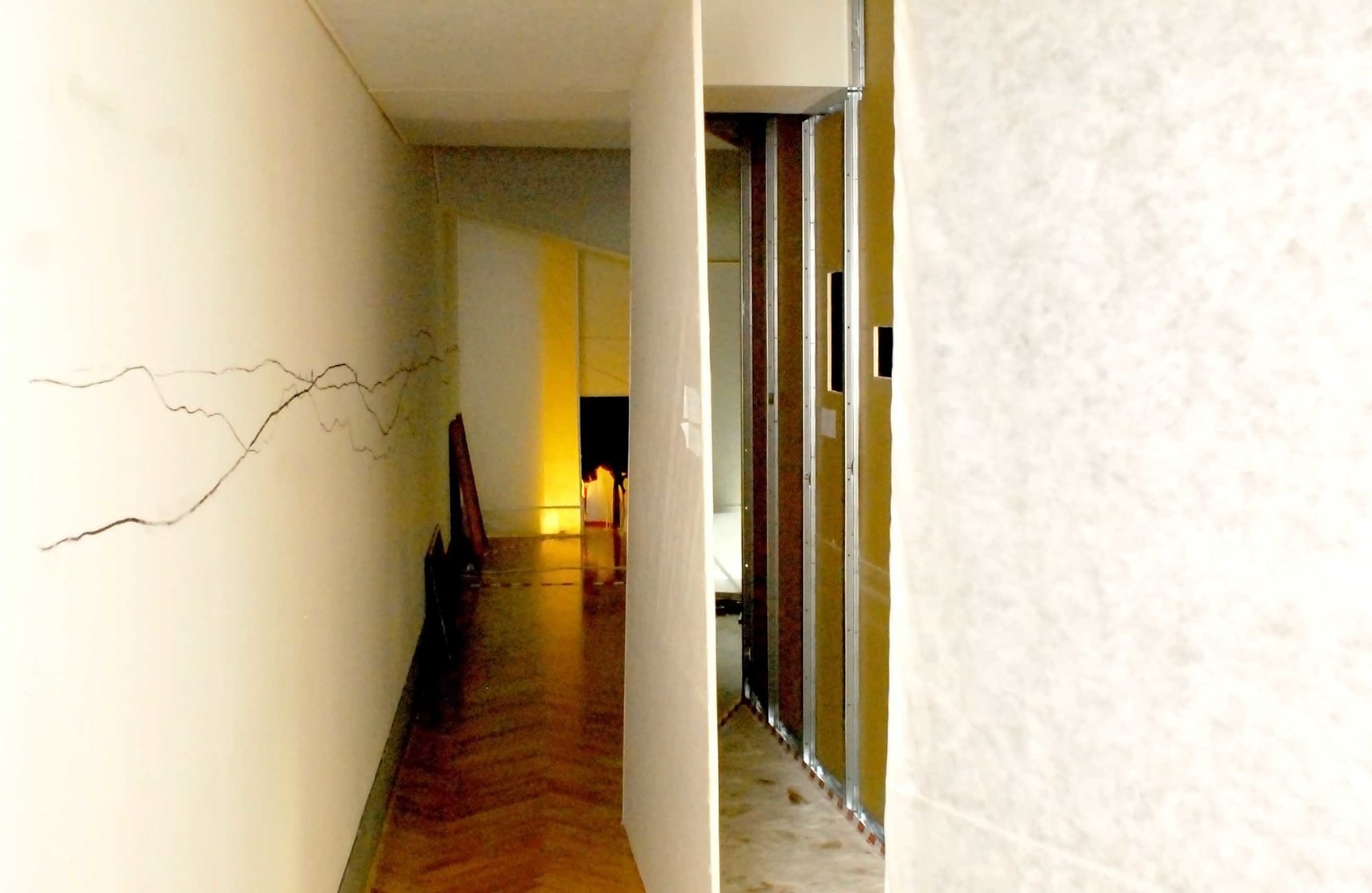

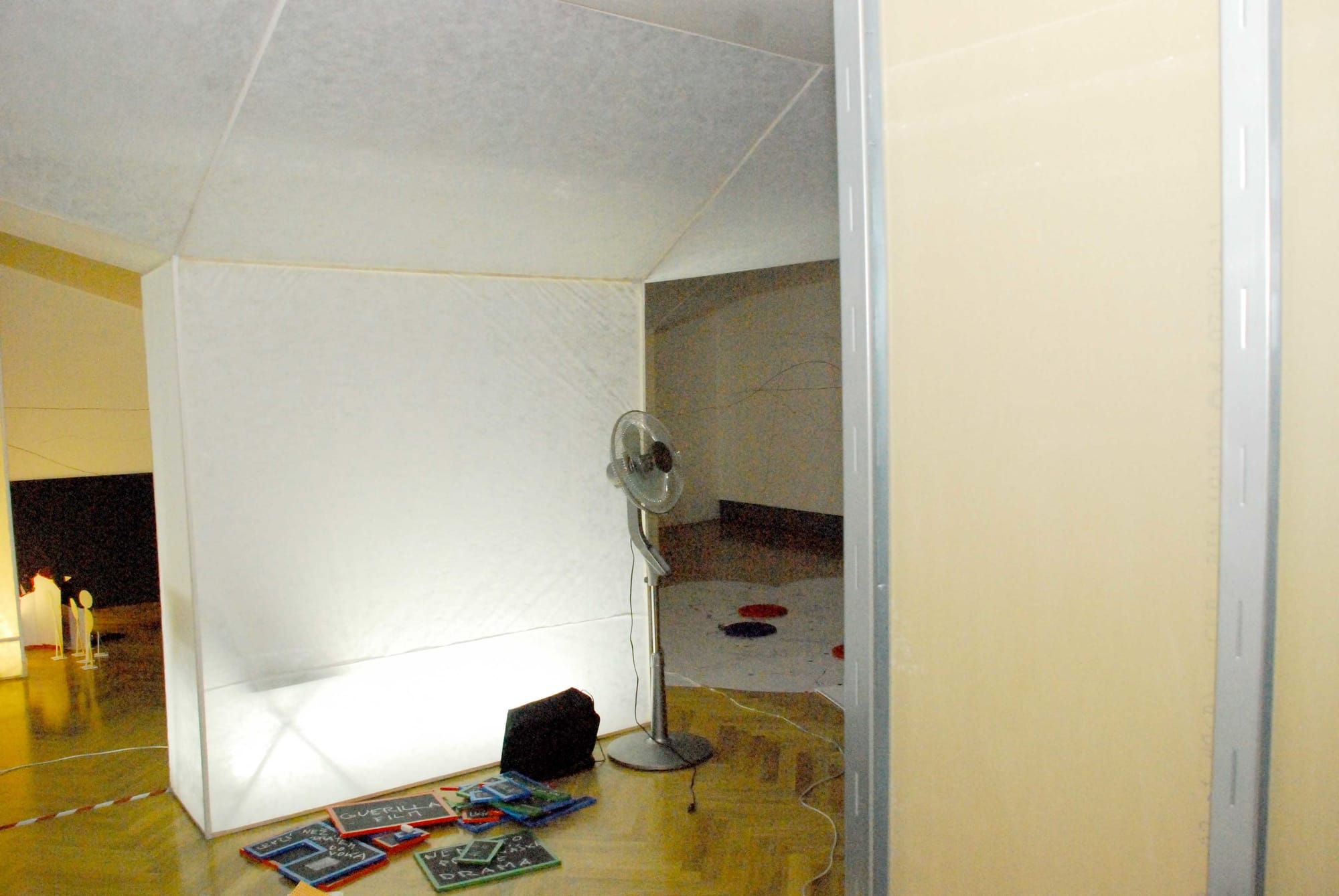
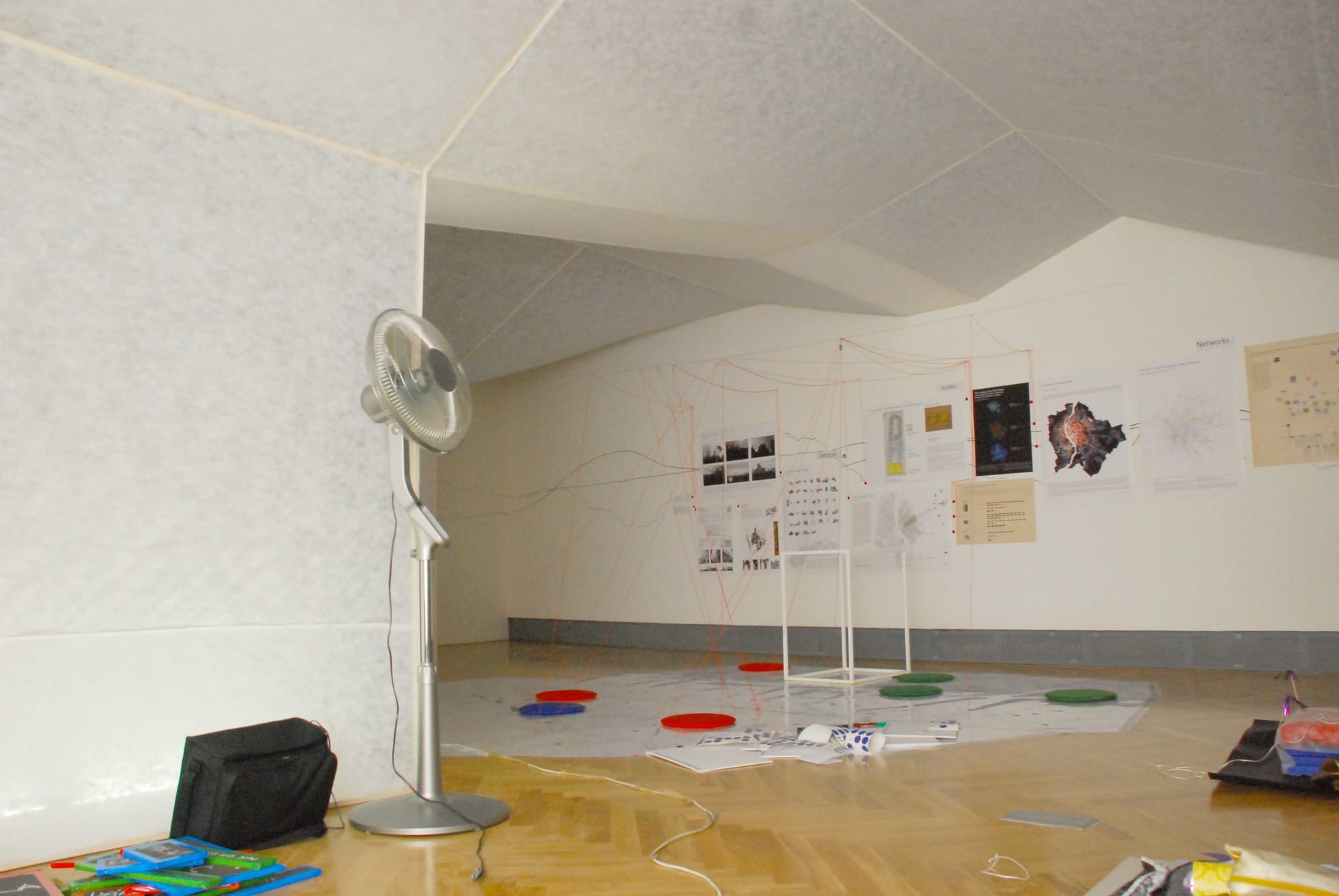
PO/AFRTER:
